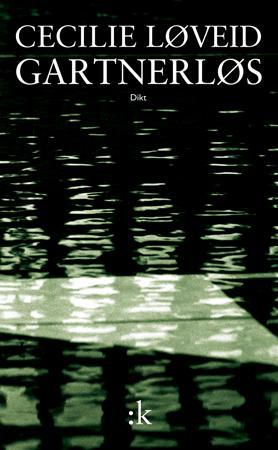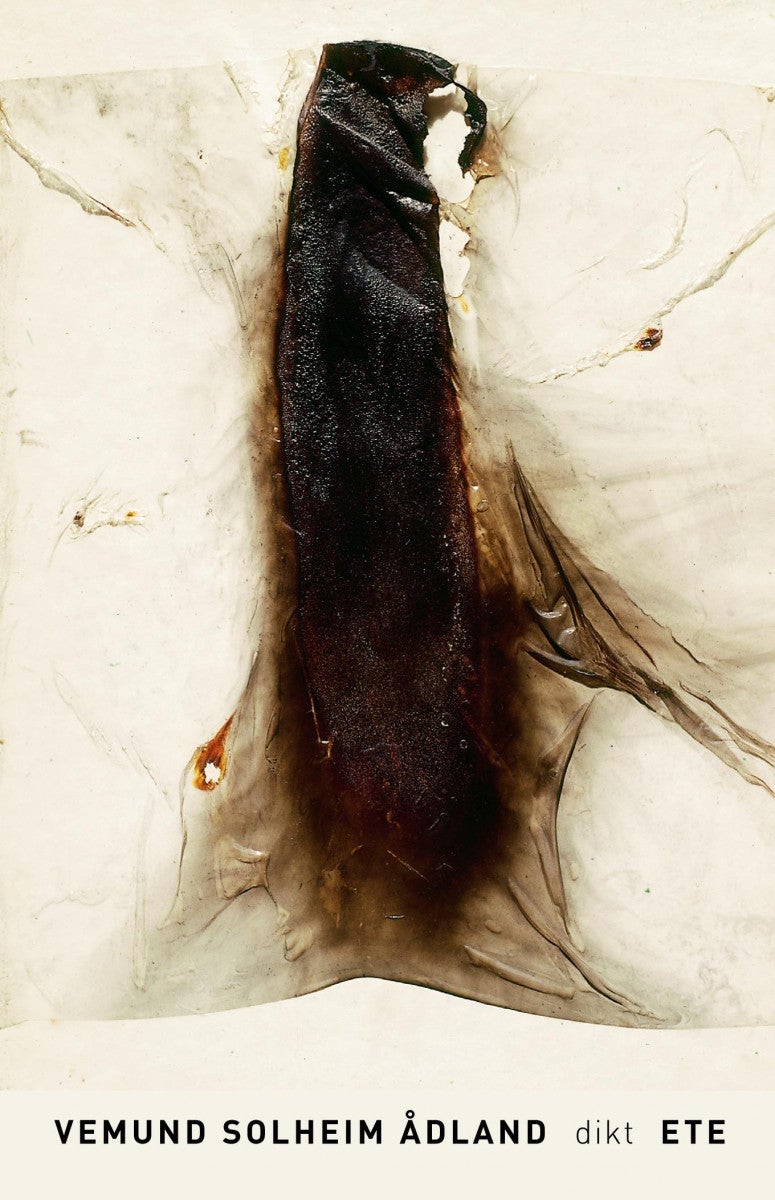
Reflecting on The Bell Jar av Pat Macpherson
1149,-
<p>In the 1950s, America was in the grip of Cold War paranoia and McCarthyism. Communism and ¿gender maladjustment¿ were twin threats to the social ideals of family and security. Yet, previous readings of Plath and her heroine have ignored much of the social context of this era.</p><p><i>Reflecting on The Bell Jar</i> (first published in 1991) acknowledges this repressive post-war regime of social hygiene. Pat Macpherson¿s reading takes into account the fundamental rearrangement of the social contract between citizen and state, built on the newly made connections between national security and mental health. She investigates the trial of the Rosenbergs and its connections with the electrotherapy Plath and her heroine both experience. Macpherson also evaluates the coercive effects of society¿s self-imposed inquisitional attitude of surveillance and explores its role in forming female identity. Esther Greenwood, says Macpherson, is the first heroine of our own era of popularized therapeut








